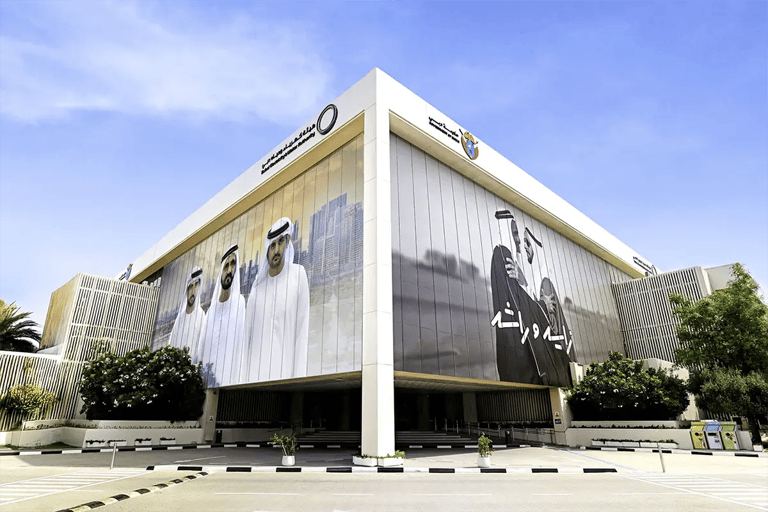The annual inflation rate in Saudi Arabia surged to 2.3 percent in March 2025, an increase from 2 percent in the previous month and slightly surpassing market forecasts of 2.2 percent.
According to the Kingdom’s General Authority for Statistics (GASTAT), this increase marks the highest reading since July 2023, driven primarily by rising prices in food and beverages (2 percent vs 1 percent in February), recreation and culture (0.3 percent vs -1.1 percent), and education (1.1 percent vs 0.4 percent).
Additionally, costs for transport declined at a softer pace (0.8 percent vs -1.5 percent) and communication (-1.4 percent vs -1.8 percent). In contrast, inflation moderated for housing and utilities (6.9 percent vs 7.1 percent), while it decreased further for furnishings and household items (-2.6 percent vs -2.5 percent). On a monthly basis, consumer prices increased by 0.3 percent in March, following a 0.2 percent gain in the preceding period.
Saudi Arabia non-oil private sector activity grows
Saudi Arabia’s non-oil private sector activity experienced remarkable growth in March, fueled by lower prices and improved economic conditions. A recent survey indicated, however, that the pace of growth has moderated from January’s near 14-year high. The seasonally adjusted Riyad Bank Saudi Arabia Purchasing Managers’ Index (PMI) decreased to 58.1 in March, down from 58.4 in February. Despite this slight decline, it remains well above the 50 threshold, signaling ongoing expansion, as reported by Reuters.
Read more: Saudi Arabia’s liquidity hits historic high, exceeds $800 billion in February 2025

New orders and employment trends
The new orders subindex fell to 63.2 in March, compared to February’s impressive reading of 65.4. This decline suggests a slowdown in momentum; nevertheless, businesses are actively stockpiling in anticipation of continued sales growth.
Employment growth within the sector was bolstered by increased sales volumes and initiatives aimed at enhancing capacity. According to the survey data, this marks the best quarter for job creation in over 12 years.








